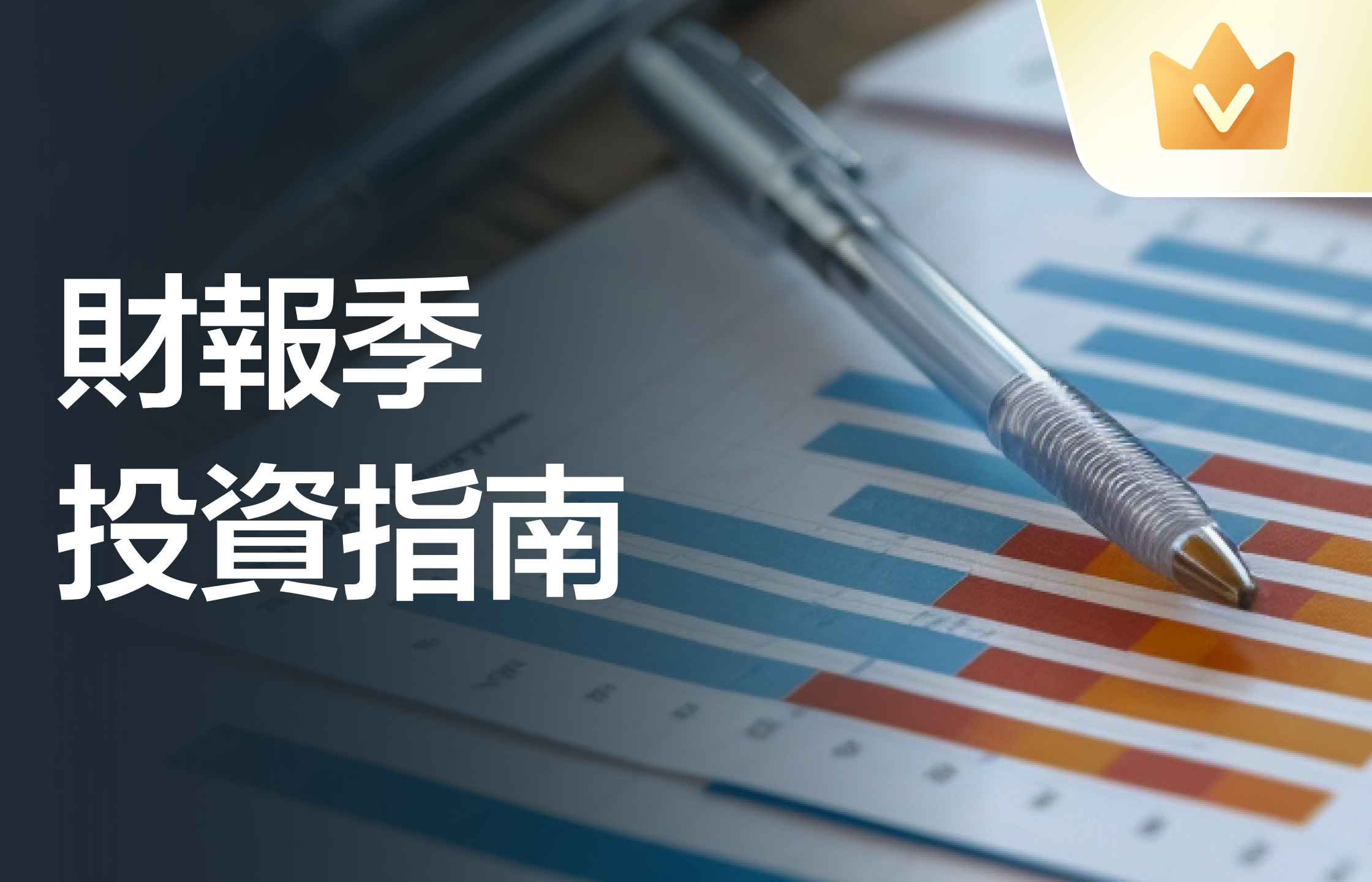高盛認爲,全球銅庫存可能在年底達到歷史最低水平,預計銅市場將出現嚴重的供需不平衡問題,並將年底銅價預期上調至10500美元/噸。而花旗卻認爲,未來三個月內銅需求將萎縮,銅價將再次下跌10%。
上個月,“商品旗手”高盛發佈一篇引起業內關注的報告,其預測油價將是下一輪大宗商品行情的引爆點。
從9月中旬報告發布至今,油價已上漲逾16%,昨日美國WTI原油更是漲至82美元的高點,刷新了十多年來的記錄。
 高盛給出來的理由是緊缺的庫存,在低庫存背景下,供給緊張就可能推動大宗商品價格進一步上升。
高盛給出來的理由是緊缺的庫存,在低庫存背景下,供給緊張就可能推動大宗商品價格進一步上升。
大宗商品市場看漲需要遵循基本的供需原理:不管經濟增長速度如何,只要需求高過供應,價格就會上漲。在大宗商品庫存持續下降、需求水平將繼續上升之際。需求的小幅增長就會導致價格飆升。
在油價“預言”成真後,高盛在最新的報告中又指出,銅價將成爲下一個引爆點。這次的理由同樣是庫存。
“隨着銅庫存迅速緊縮,全球銅庫存可能在年底達到歷史最低水平,預計銅市場將出現嚴重的供需不平衡問題,並將年底銅價預期上調至10500美元/噸。”
銅漲價端倪其實已經顯現,昨日倫敦金屬交易所(LME)銅現貨升水漲至高位。此外,全球頭號銅礦公司Codelco提出,2022年按較期貨溢價/升水128美元的價格向歐洲客戶供應銅,上調歐洲銅溢價31%。
高盛認爲,銅庫存迅速減少,將出現供應短缺問題,加劇銅價上行風險,並從銅礦開採放緩、電力短缺影響冶煉、廢銅回收等三方面分析銅市場供應情況。
銅價上行催化劑——庫存緊縮,供應短缺
高盛報告指出,銅是當下最被低估的商品,市場定價錯誤是因爲忽略了庫存減少這一重要因素。
目前,現貨市場銅庫存量正在快速下降,過去4個月減少了近40%。全球銅庫存可能在年底達到歷史低點,若銅價繼續保持在低位,預計2022年第二季度銅庫存將耗盡。庫存下降的同時,加之期貨合約交割的需要,銅供給進一步減少,最終會使銅價上漲。
 高盛認爲,以下三方面因素會影響銅現貨供給。
高盛認爲,以下三方面因素會影響銅現貨供給。
1,電力短缺加劇了銅資源短缺,市場上的一個主要關注點爲,電力短缺對銅市場的影響幾何?
高盛認爲,電力短缺影響金屬冶煉等廠商,進而影響銅生產,造成供應短缺問題。首先,煤炭供應和銅庫存的急劇下降之間存在很強的正相關關係。能源消費數據顯示,冶煉行業受到的衝擊遠比下游製造業受到的影響更爲嚴重(自電力問題開始以來,能源需求同比下降1%)。簡單地說,電力問題造成的銅供應減少量比其下游需求量更多。
中國銅市場存在一些季節性因素,四季度的需求通常會大於供應。在2015年到2019年期間,第四季度的需求環比增長了16%,而產能只增加了9%。這就意味着,想要抵消季節性的偏緊狀態,就需要需求端出現更大程度的調整和收縮,但從目前來看,這種情況是不太可能會發生的。
2,從銅回收市場來看,廢銅回收並不能緩解短期內的供應問題。廢銅回收佔全球精煉銅產量的20%和半成品銅消費量的近30%,是影響銅市場短週期的重要影響因素。在今年年初廢銅供應強勁增長,而後突然收緊。下半年廢銅供應一直呈減少趨勢,從第一季度末的峯值到現在同比收縮近15%。
這反映出2020年第三季度到2021年第二季度早期,價格和需求因素引發的長期去庫存階段使供應鏈廢銅庫存減少。
此外,馬來西亞關於廢銅出口質量規定的把控更嚴格,限制了廢銅供應。這些表明廢銅市場已經轉變爲現在的緊縮趨勢。如果沒有廢銅庫存來補充供應,潛在的供應將低於需求,並導致價格上漲。雖然銅價上漲將有助於刺激廢銅供應,但鑑於庫存較低,滯後效應明顯。
3,銅礦開採進入多季度停滯階段,高盛指出,人們對銅基本面的一個常見誤區就是,市場銅供應減少,可以開採銅礦快速補充供應。
儘管預計2021年第一季度全球銅礦產供應將增加,並且增長率達5%。然而,短期內銅短缺問題仍待解決,2020年第一季度新冠疫情爆發,銅礦開採量大幅削減。
自去年第三季度,開採量趨於平穩,在去年12月份達到峯值。今年以來,開採量連續小幅下降。高盛預計,今年下半年全球礦產供應增長將放緩,直到2022年下半年才會有所回升。


這意味着,在幾乎沒有新的礦山項目批准和資本支出增長的情況下,銅市場四分之三的供應將停滯。
高盛VS花旗
有關銅的未來,華爾街其實並沒有達成共識,花旗就站在空頭這一方,看空的理由在於需求端,而非供給端。
其認爲,天然氣和電力成本的飆升會使銅市場難以承受,並可能會引發新一輪滯脹,消費者和製造商的需求大幅下降,但商品和原材料的成本依然居高不下。
花旗商品研究團隊警告,未來三個月內銅需求將萎縮,銅價將再次下跌10%。花旗商品研究主管Max Layton稱,他看跌的主要原因是,歐洲電力、石油和天然氣危機蔓延,銅市場也會變得更糟糕。
在歐洲,IHS Markit衡量制造業商業活動的一項指標上個月出現了自2020年4月(疫情開始)以來的最大降幅。CF工業、雅苒國際和巴斯夫等公司表示,由於能源價格高企,他們將減產,新訂單、產出和就業的增長也將大幅放緩。
Codelco董事長Juan Benavides在接受採訪時也表示,銅礦市場尚未看到任何跡象表明製造商因能源價格高企而降低需求。儘管如此,宏觀經濟前景具有不確定性,他認爲短期內銅價可能不會再創新高。
當然,認同高盛觀點的多方也不在少數。
托克貿易集團銅交易主管Kostas Bintas認爲,撇開大宗商品都在上漲不談,全球股市的下跌速度較快,很明顯銅市場正面臨嚴重的短缺問題。
銅價在5月份飆升至每噸10700美元以上,原因是封鎖限制引發了對住房和消費品需求增加。許多交易員和銀行押注價格會進一步上漲,他們認爲製造業發展與電動汽車需求增加,銅需求也會增加。
美國銀行表示,如果供需方同時出現問題,銅價則可能達到20000美元/噸。
倫敦金屬對沖基金公司德雷克伍德資本管理公司David Lilley表示,現貨市場的緊張可能有助於將銅價推高至另一個紀錄高位,可能在年底前,這與高盛的預測大致相同。Lilley在接受採訪時說,
顯而易見的事實是,世界上的一切能源都在耗盡。全球銅庫存都在減少,絲毫沒有上升的跡象。
編輯/Ray

 高盛给出来的理由是紧缺的库存,在低库存背景下,供给紧张就可能推动大宗商品价格进一步上升。
高盛给出来的理由是紧缺的库存,在低库存背景下,供给紧张就可能推动大宗商品价格进一步上升。